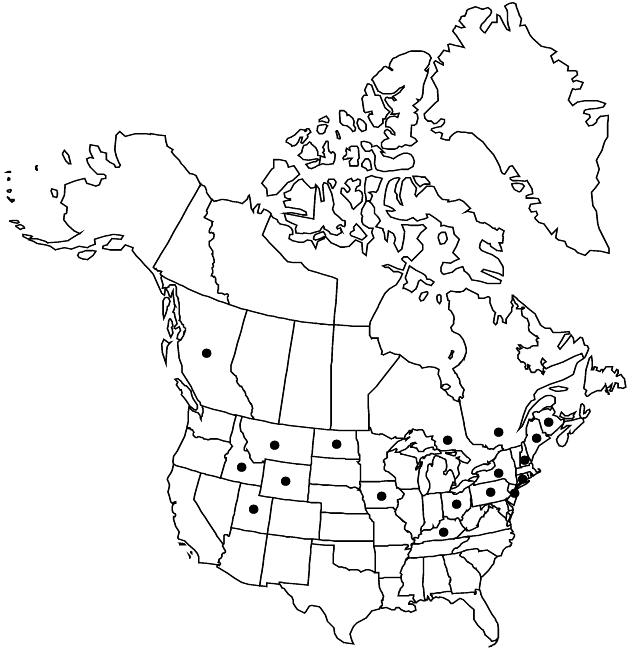Centaurea scabiosa
Sp. Pl. 2: 913. 1753.
Perennials, 30–150 cm. Stems 1–several, branches ascending, glabrous to ± hirsute. Leaves minutely hispid, resin-gland-dotted; basal and proximal cauline petiolate, blades 10–25 cm, margins usually 1–2-pinnately divided into linear or oblong segments; mid and distal cauline smaller, entire or once dissected. Heads borne singly or few in open cymiform arrays, pedunculate. Involucres ovoid to hemispheric, becoming campanulate, 15–25 mm. Phyllaries: bodies dark green, ovate (outer) to oblong-lanceolate (inner), glabrous or finely arachnoid, margins and erect appendages black, ± fringed distally with slender teeth, inner phyllaries with brownish scarious, expanded, erose dissected appendages. Florets many; corollas reddish purple (white), those of sterile florets 35–40 mm, often conspicuously enlarged, those of fertile florets 20–25 mm. Cypselae brown, 4.5–5 mm, puberulent; pappi of many unequal stiff bristles, white, 4–5 mm. 2n = 20 (Russia), 40.
Phenology: Flowering summer (Jun–Sep).
Habitat: Disturbed sites, pastures, sparingly escaped from cultivation, probably not persisting in all areas where reported
Elevation: 50–1800 m
Distribution

B.C., N.B., Ont., Que., Conn., Idaho, Iowa, Ky., Maine, Mont., N.H., N.J., N.Y., N.Dak., Ohio, Pa., Utah, Wyo., Europe.
Discussion
Selected References
None.